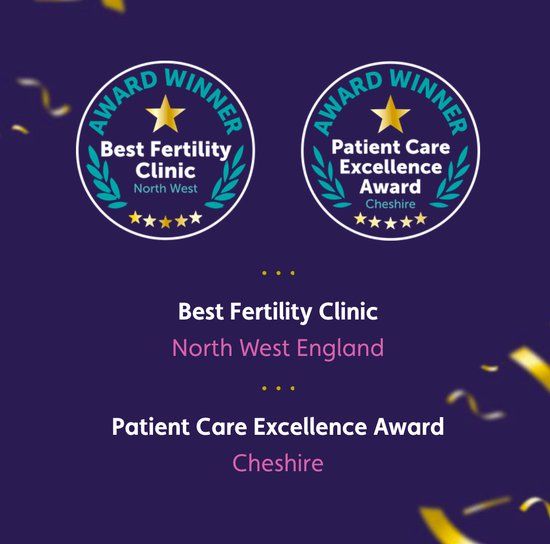If you’re comparing infertility clinics, how much weight should you give to results published by a clinic itself?
All clinics are required to report their official statistics - pregnancy rates and live births - to the HFEA. But this doesn’t mean that what you read on a clinic’s website will be the same.
It’s very easy for a clinic to only tell you their ‘best’ results, so they seem better than others. Or to rank themselves the ‘top’ of a comparison leader board against other clinics - because will you really check? Or will you take their word for it?
The fact is that success rates are influenced by many things. Whether a clinic encourages and promotes elective Single Embryo Transfer, where patients are advised to opt for only transferring one embryo if they have a good prognosis; if a clinic treats high numbers of older women which naturally have lower success rates than younger women - factors such as this do affect a clinic’s overall success rate. And no two clinics will ever be the same, treating the same number of older women, or carrying out the same number of elective Single Embryo Transfer cycles. Every clinic is different.
Here at Manchester Fertility we have an open and honest policy about our success rates. We update our results quarterly and publish them on a rolling basis. We do this so you always have our latest figures to hand. You may find when researching other clinics that many do not do this, and will publish on their websites results which may even date back a few years, if it gives the impression of high success rates.
Our policy of total transparency and honesty regarding our results is also why we don’t compare ourselves to other clinics or publish self-promoting league tables. It’s because we know that success rates are only an indication of a clinic’s general performance - they are in no way a guarantee of how treatment will work for you.
We always recommend to potential patients that any success rates seen on clinic websites are always checked on the HFEA website to ensure that they match what you’re being told.
When looking at HFEA statistics, it’s important to consider that they present a clinic’s data differently. They analyse whether a clinic’s live birth rate from their treatments is either above, below or consistent with the national average live birth rate. If the rate is consistent, any small differences may be down to chance, but if it’s significantly higher or lower than the national average, then this may be down the clinic’s individual policies and practices.
Remember that some clinics treat proportionately fewer or more patients with difficult fertility problems than the national average, and this will naturally affect reported rates. Just because a clinic may have above the national average data doesn’t mean they’ll be more successful at treating you.
And crucially, if you are comparing treatment success rates, make sure you compare like-with-like. So don’t just look at a clinic’s IVF results. Look at their IVF results for your age group, and your circumstances. So whether you’re using your own eggs, or a donor’s, or are an egg-sharer or recipient.
That way you can be sure that you are getting a full and clear picture. If you’re confused about success rates and what they mean, please get in touch with one of our patient advisors on 0161 300 2737.
You can download our latest results here.
Last updated: 20th January 2020







